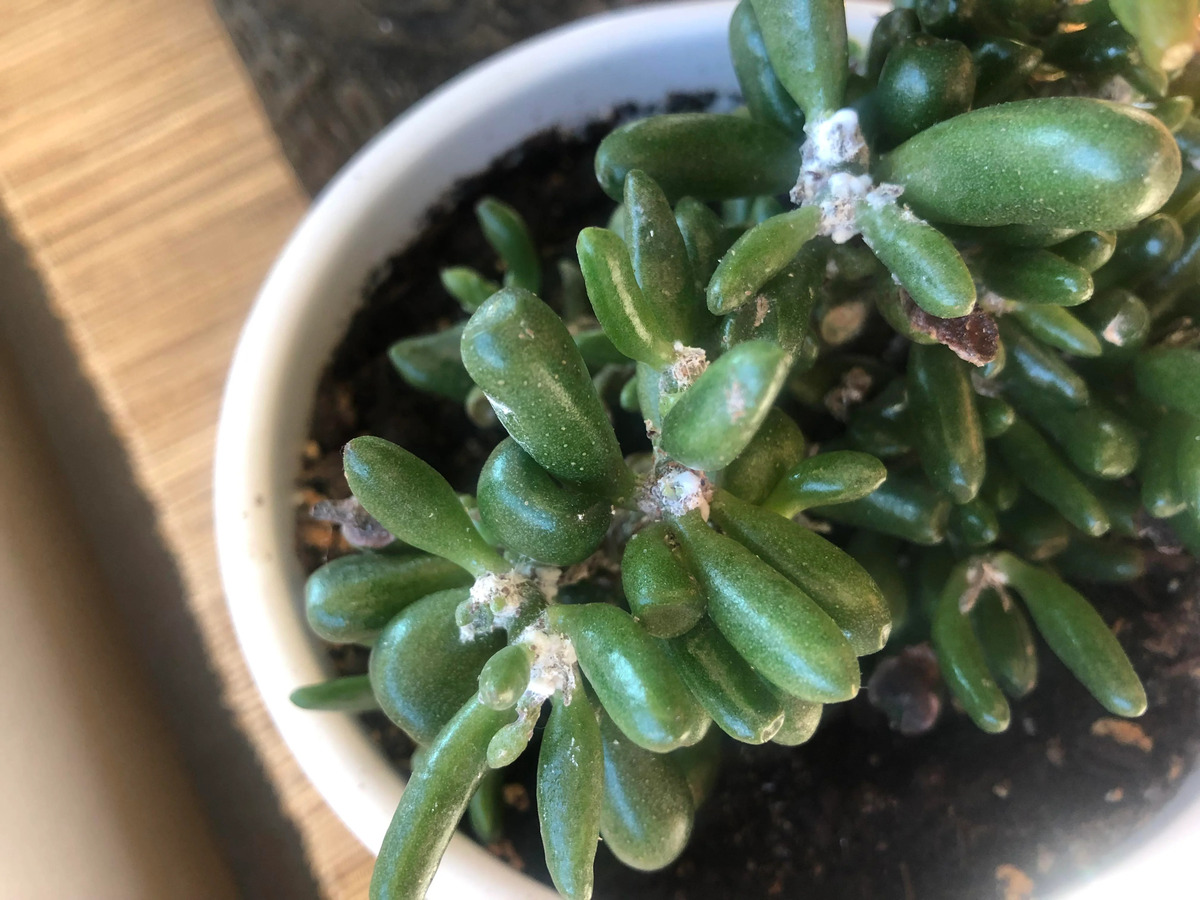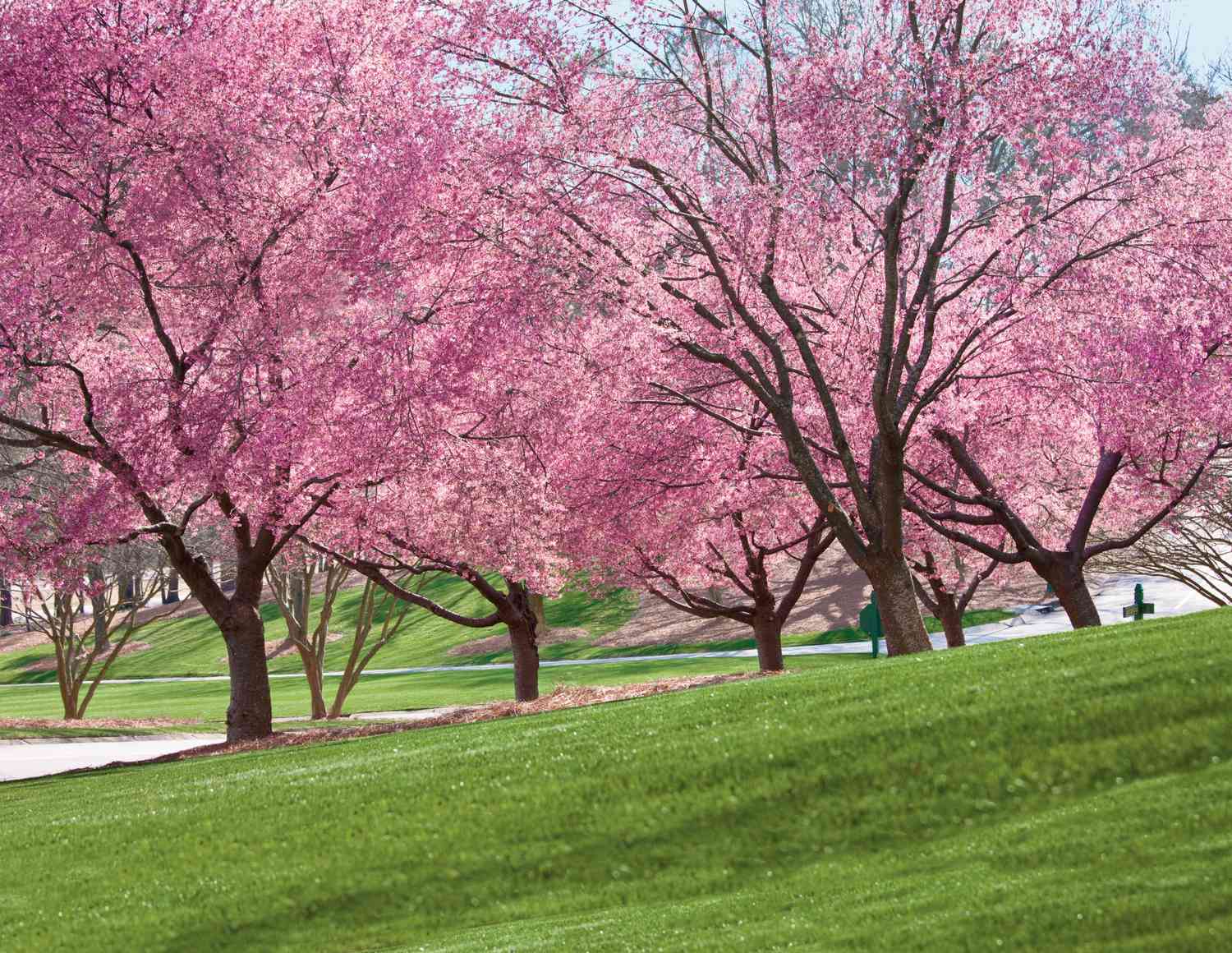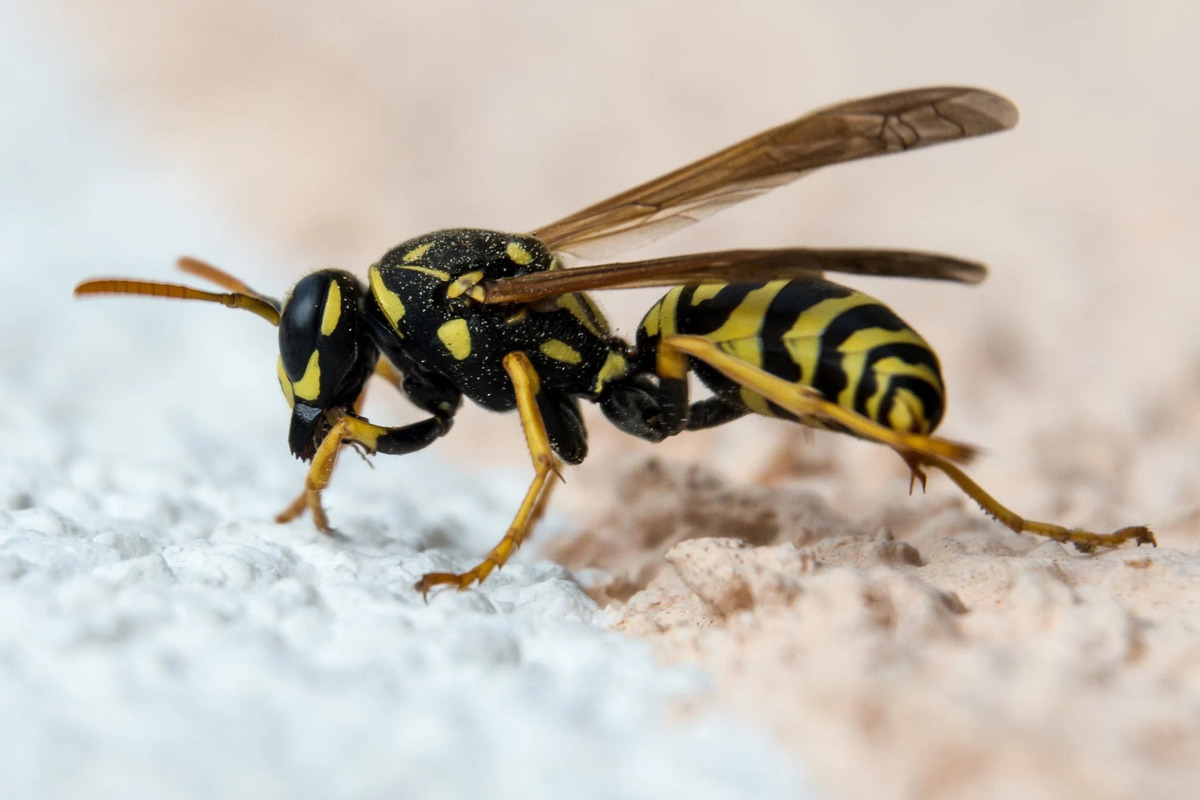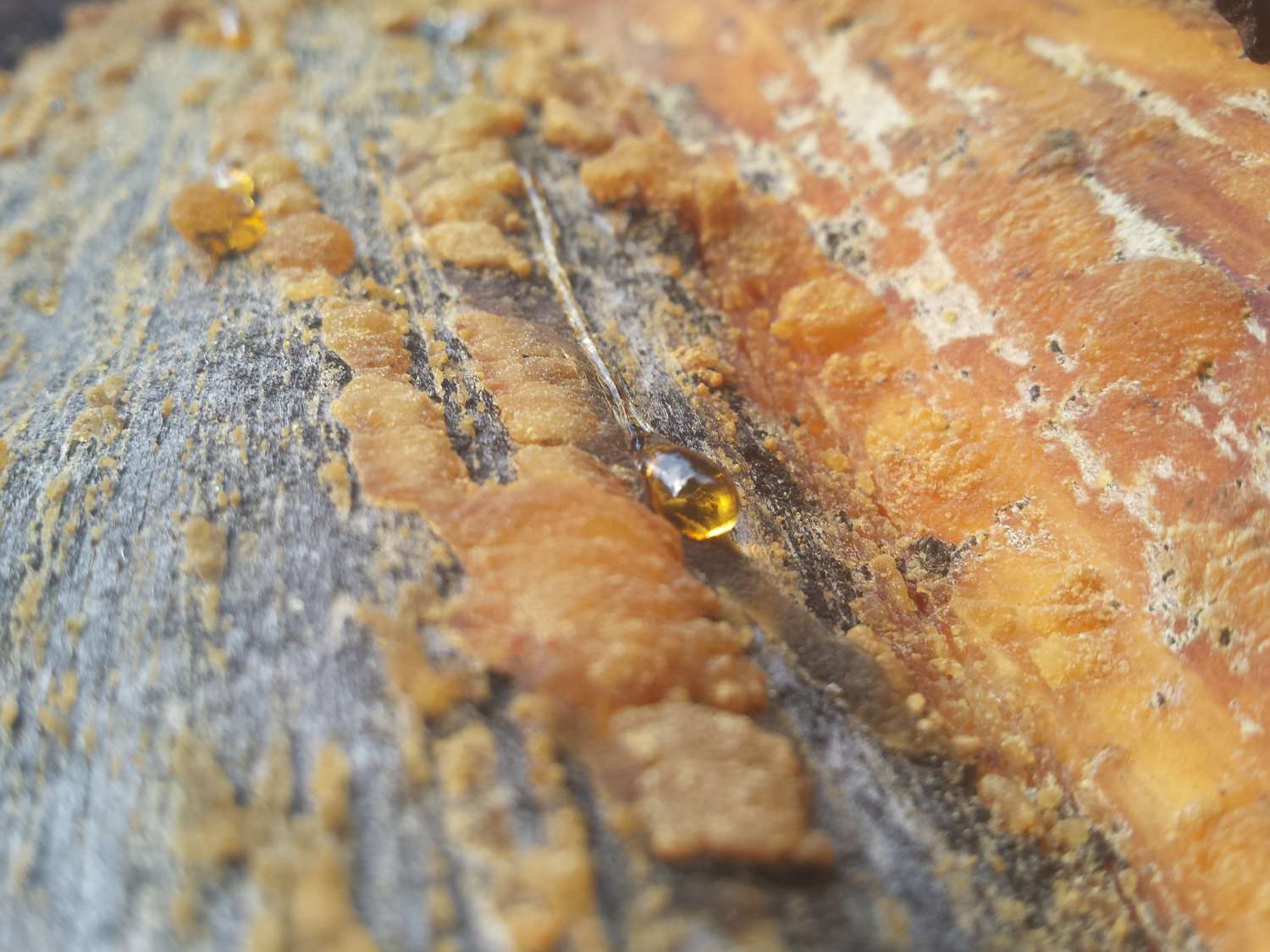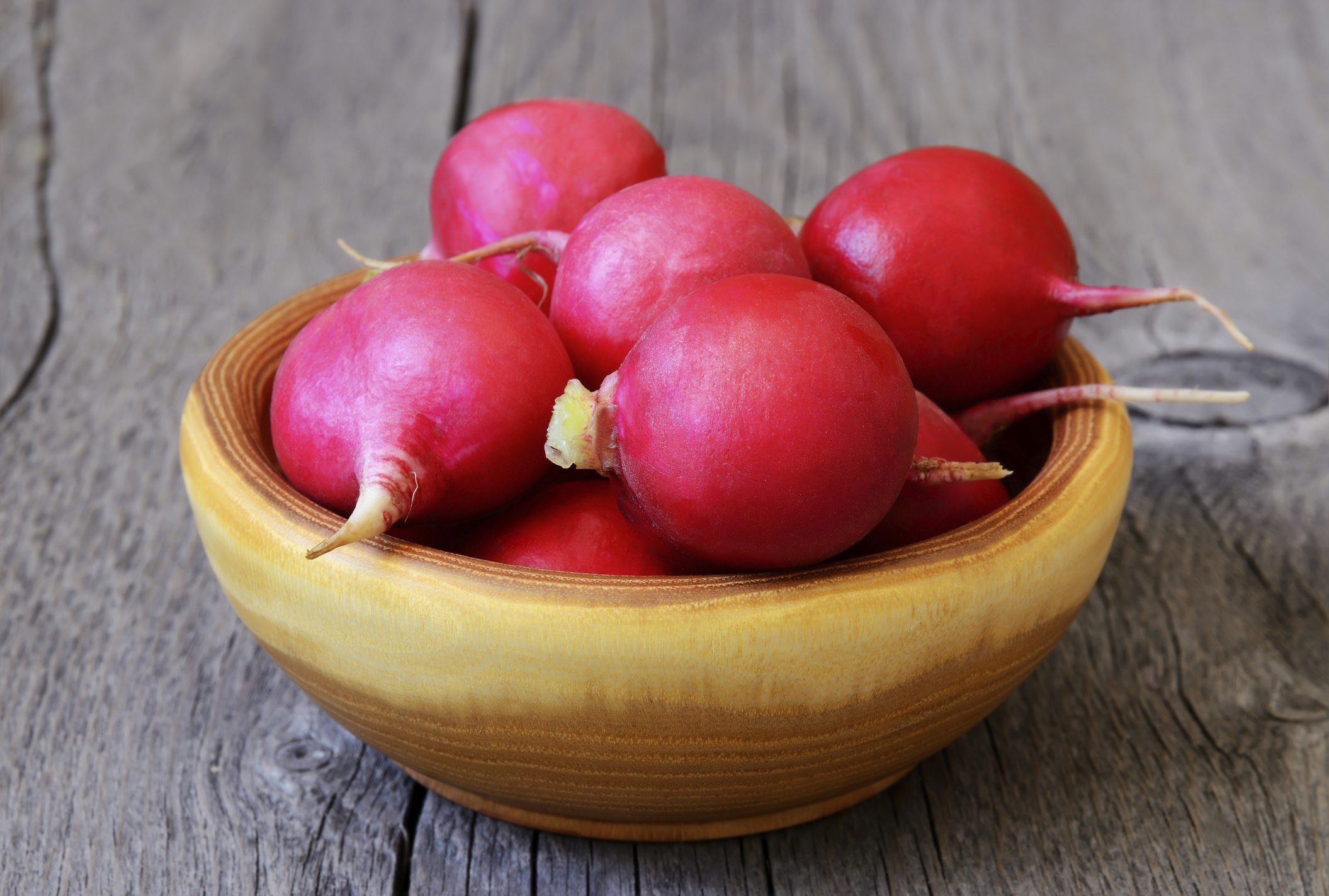Home>Types of Gardening>Ornamental Gardening>What Trees Have White Blossoms
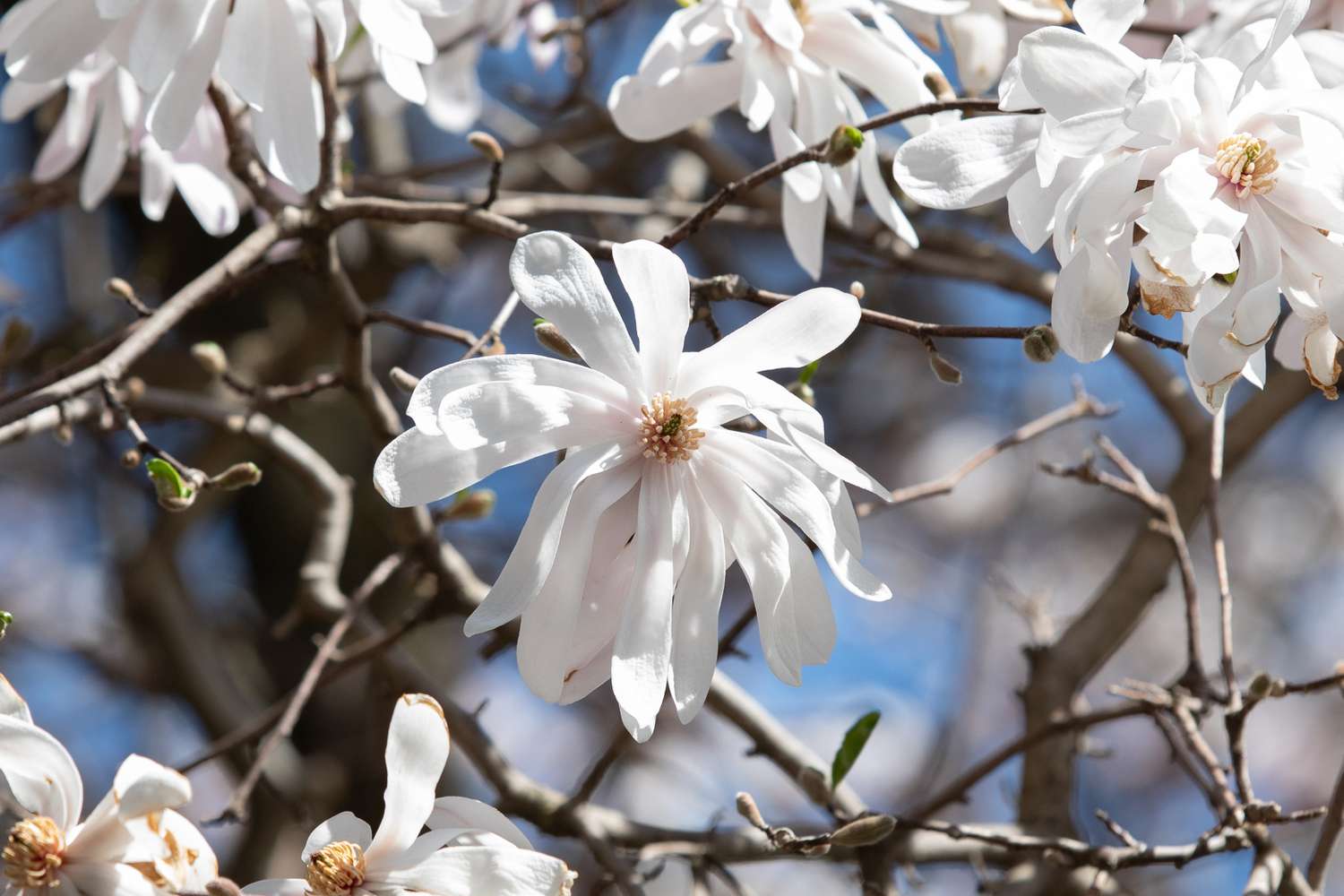

Ornamental Gardening
What Trees Have White Blossoms
Modified: January 22, 2024
Discover the beauty of ornamental gardening with trees that boast stunning white blossoms. Explore a variety of tree species that add elegance and charm to your garden.
(Many of the links in this article redirect to a specific reviewed product. Your purchase of these products through affiliate links helps to generate commission for Chicagolandgardening.com, at no extra cost. Learn more)
Table of Contents
Introduction
Ornamental gardening is a delightful and rewarding hobby that allows individuals to create beautiful outdoor spaces filled with vibrant colors and fragrant blooms. One of the most captivating aspects of an ornamental garden is the variety of flowering trees it showcases. Among these trees, those with white blossoms hold a special allure, evoking a sense of elegance and purity.
White-blossomed trees can add a touch of sophistication and serenity to any garden or landscape. Whether used as focal points, statement pieces, or to create breathtaking backdrops for other plants and flowers, these trees never fail to captivate onlookers with their stunning beauty. In this article, we will explore some of the most popular white-blossomed trees that can grace your ornamental garden.
From the iconic cherry blossom trees, known for their ethereal blooms that herald the arrival of spring, to the graceful and delicate dogwood trees that bloom in early summer, each of these trees offers its own unique charm and character. Whether you have a small backyard garden or a sprawling landscape, there is a white-blossomed tree that will perfectly suit your space.
By incorporating these gorgeous trees into your ornamental garden, you can create a serene and picturesque environment that is sure to impress visitors and provide a tranquil sanctuary for relaxation. So, join us as we take a closer look at these stunning white-blossomed trees and discover the beauty and wonder they can bring to your outdoor space.
Cherry Blossom Trees
Cherry blossom trees are perhaps the most well-known and beloved among the white-blossomed trees. These trees, scientifically known as Prunus serrulata, are native to Japan and are highly revered for their exquisite display of delicate white flowers.
The blooming of cherry blossom trees is a breathtaking sight, often seen as a symbol of the fleeting beauty of life. These trees typically bloom for a short period in the spring, covering the branches with clusters of small, five-petaled blossoms. The white flowers contrast against the dark branches, creating a captivating and ethereal visual effect.
Cherry blossom trees are not only admired for their beauty but also hold great cultural significance. In Japan, the annual cherry blossom season, known as “hanami,” is celebrated with festivals and picnics under the blooming trees. The sight of these delicate flowers floating in the breeze is considered a powerful metaphor for the transience of life.
In addition to their aesthetic appeal, cherry blossom trees also attract pollinators like bees and butterflies, making them beneficial to the ecosystem. Their small fruit, known as cherries, can also be harvested and enjoyed.
As ornamental trees, cherry blossom trees can be a stunning addition to any garden or landscape. They are best planted in well-drained soil and require full sun to thrive. With regular pruning, these trees can be trained to maintain an appealing shape.
Whether you have a small backyard or a larger space, cherry blossom trees are sure to bring a touch of elegance and serenity to your garden. Their stunning white blossoms will create a captivating focal point, making your outdoor space feel like a serene retreat.
Dogwood Trees
Dogwood trees, scientifically known as Cornus florida, are another enchanting option for those seeking white-blossomed trees in their ornamental gardens. These trees are native to North America and are prized for their delicate flowers and vibrant fall foliage.
One of the most striking features of dogwood trees is their iconic flowers, which bloom in early summer. The blossoms consist of four large bracts that surround a cluster of small yellow flowers in the center. While dogwood trees are available in various colors, including pink and red, the white-blossomed varieties are particularly captivating and lend an elegant touch to any landscape.
In addition to their stunning blooms, dogwood trees also offer a beautiful display of foliage during the fall season. The leaves transform into vibrant shades of red, orange, and purple, creating a breathtaking spectacle of color.
Dogwood trees are relatively low-maintenance and are adaptable to different growing conditions. They prefer well-drained soil and partial shade, making them an ideal choice for gardens with dappled sunlight. Regular watering and mulching will help keep these trees healthy and thriving.
The versatility of dogwood trees extends beyond their visual appeal. They also attract a variety of wildlife, including birds and butterflies, making them a valuable addition to any ecosystem. Their berries, which appear in the late summer, provide a food source for many bird species.
Whether used as an eye-catching focal point or as part of a larger landscape design, dogwood trees with their delicate white blossoms can transform any garden into a picturesque oasis. Their timeless beauty and graceful presence make them a sought-after choice for ornamental gardening enthusiasts.
So, consider planting a dogwood tree in your garden and experience the joy of watching as it bursts into bloom, filling the air with its natural beauty and bringing a sense of tranquility to your outdoor space.
Magnolia Trees
Magnolia trees are well-regarded for their stunning, large, and fragrant blossoms. These elegant trees belong to the Magnoliaceae family, and several species and varieties offer white blossoms that exude a captivating charm.
One of the most popular white-blossomed magnolia trees is the Magnolia × soulangeana, commonly known as the saucer magnolia. This tree showcases beautiful goblet-shaped flowers that open in early spring before the leaves emerge. The exquisite white petals contrast against the reddish-purple stamens, creating a striking visual display.
Another white-blossomed magnolia variety is Magnolia denudata, also known as the Yulan magnolia. Native to China, this tree features large, fragrant flowers with pure white petals that emit a sweet aroma. The blossoms appear in early spring and provide a lovely contrast against the dark branches.
Magnolia trees require well-drained soil and thrive in areas with full sun or partial shade. They make a magnificent addition to gardens and landscapes, serving as stunning focal points or creating a dramatic backdrop for other plants and flowers. With their upright growth habit and glossy green leaves, these trees also offer year-round beauty, even when not in bloom.
Aside from their aesthetic appeal, magnolia trees have a rich cultural significance. They are often associated with beauty, femininity, and strength. In some cultures, magnolia flowers are used in traditional medicine for their potential health benefits.
Incorporating a white-blossomed magnolia tree into your ornamental garden will surely elevate its elegance and sophistication, creating a serene and romantic atmosphere. Be prepared to witness the breathtaking beauty of their blossoms every spring and to enjoy the sweet fragrance that fills the air.
So, if you’re looking to add a touch of timeless beauty to your garden, consider planting a magnolia tree. Its exquisite white blossoms will serve as a stunning centerpiece and inspire awe in all who behold it.
Apple Blossom Trees
Apple blossom trees, part of the Rosaceae family, are not only cherished for their delicious fruit but also admired for their delicate and fragrant white blossoms. These trees, scientifically known as Malus domestica, are highly ornamental and add a touch of charm to any garden or landscape.
The blossoming of apple trees is a captivating sight that typically occurs in the spring. The branches become adorned with clusters of small, five-petaled flowers in various shades of white and pink. The sweet scent of the blossoms fills the air, attracting bees and other pollinators, making apple blossom trees not only beautiful but also beneficial to the surrounding ecosystem.
While apple trees are primarily grown for their fruit production, they also make excellent ornamental additions to gardens. The white apple blossoms create a stunning display against the backdrop of the tree’s lush green foliage. The presence of these trees can add a sense of whimsy and romance to outdoor spaces.
Apple trees prefer well-drained soil and full sun exposure to thrive. They can be pruned to maintain a desirable shape and size. The blossoms usually last for a couple of weeks before giving way to the formation of fruit. Once the fruit matures, apple trees offer an additional visual and culinary treat, as their branches become laden with ripe, juicy apples.
Incorporating apple blossom trees into your ornamental garden not only adds beauty but also provides the opportunity to enjoy the harvest of delicious apples. Imagine the delight of being able to pluck fresh, homegrown fruit from your own backyard.
Whether you have a small urban garden or a larger rural landscape, apple blossom trees can be a delightful addition. Not only will they captivate with their stunning white blooms, but they will also offer the joy of homegrown fruit and the satisfaction of nurturing a tree that has been revered for centuries.
So, consider adding an apple blossom tree to your garden and witness the transformation as it bursts into bloom, filling your outdoor space with its delicate flowers and the promise of a bountiful harvest.
Pear Blossom Trees
Pear blossom trees, scientifically known as Pyrus communis, are enchanting additions to any ornamental garden. With their delicate white blossoms and the promise of a bountiful harvest, these trees offer both beauty and functionality.
The blossoming of pear trees is a remarkable sight that usually occurs in early spring. Clusters of small, white flowers cover the branches, creating a stunning display against the tree’s glossy green leaves. The blossoms attract pollinators, such as bees and butterflies, ensuring the successful fertilization of the flowers and the subsequent formation of fruit.
In addition to their ornamental value, pear blossom trees offer the delightful bonus of a pear harvest. The flowers give way to small, immature fruit that grows and matures throughout the summer months. Come autumn, the branches of the pear tree become heavy with juicy, flavorful pears waiting to be picked and enjoyed.
When it comes to cultivating pear blossom trees, they prefer well-drained soil and full sun exposure. Pruning is necessary to shape the tree and promote healthy growth and fruit production. With proper care and attention, these trees can thrive and become a focal point in any garden.
Aside from their visual appeal and the pleasure of homegrown fruit, pear blossom trees bring a sense of tradition and symbolism. Throughout history, pears have been associated with longevity, wisdom, and immortality in various cultures. They are often depicted in art, literature, and folklore, adding a layer of significance to these beautiful trees.
Adding a pear blossom tree to your ornamental garden can enhance the overall aesthetics while also providing the opportunity to savor the fruits of your labor. There is something incredibly satisfying about enjoying a perfectly ripe pear that you grew yourself.
So, if you have a love for both beauty and functionality in your garden, consider planting a pear blossom tree. Delight in the arrival of its delicate white blossoms in spring and anticipate the joy of harvesting fresh, delicious pears when autumn rolls around.
Hawthorn Trees
Hawthorn trees, belonging to the Crataegus genus, are captivating white-blossomed trees that add a touch of charm and beauty to any ornamental garden. These trees are known for their clusters of fragrant white flowers and their vibrant fall foliage, making them a desirable choice for garden enthusiasts.
The blooming period of hawthorn trees typically occurs in late spring or early summer, covering the branches with delicate white blossoms. The flowers boast a pleasant fragrance, attracting pollinators like bees and butterflies. The sight of these trees in full bloom is truly captivating, creating a picturesque scene in the garden.
Beyond their aesthetic appeal, hawthorn trees have a rich history and cultural significance. In folklore and mythology, they are often associated with love, protection, and luck. The branches and blossoms of hawthorn trees have been used as decorative elements in ceremonies and celebrations. They have also been used in traditional medicine for their potential health benefits.
In addition to their beautiful white blooms, hawthorn trees offer another visually appealing attribute – their vibrant autumn foliage. The leaves turn shades of orange, red, and purple, creating a stunning display of color. This seasonal transformation adds depth and interest to the garden, ensuring year-round visual appeal.
Hawthorn trees are relatively easy to care for and can thrive in various soil types. They prefer full sun exposure but can tolerate some shade. Regular pruning will help maintain their shape and promote healthy growth.
Whether used as a standalone specimen or as part of a mixed planting, hawthorn trees with their white blossoms can create a focal point in any garden. They can be planted in rows for a natural hedge or used to frame a pathway or entrance, adding a touch of elegance and beauty to the overall landscape.
So, if you’re looking for a tree that offers both visual allure and a touch of mythology, consider adding a hawthorn tree to your ornamental garden. Delight in the beauty of its white blossoms, enjoy the sweet scent, and revel in the vibrant fall foliage that will make your outdoor space truly enchanting.
Elder Trees
Elder trees, scientifically known as Sambucus nigra, are graceful and enchanting white-blossomed trees that bring a unique charm to any ornamental garden. With their delicate flowers and their value in herbal medicine, elder trees offer both visual beauty and practical benefits.
The blossoming of elder trees occurs in late spring or early summer, adorning the branches with clusters of tiny white flowers. The blossoms are not only visually stunning but also known for their intoxicatingly sweet fragrance. As they bloom, elder trees become a hub of activity for bees and other pollinators, making them essential contributors to the local ecosystem.
Aside from their ornamental value, elder trees have a long history of medicinal use. The flowers and berries of elder trees are known for their immune-boosting and anti-inflammatory properties. They have been used in herbal remedies for centuries to treat common ailments such as colds, flu, and respiratory issues. Additionally, elderflower extract is a popular ingredient in various skincare and cosmetic products.
Caring for elder trees is relatively easy. They are adaptable and can thrive in a wide range of soil types. While elder trees prefer full sun, they can tolerate some shade. Pruning is essential to maintain a desired shape and to encourage healthy growth.
Incorporating elder trees into your ornamental garden not only adds beauty but also offers the opportunity to harness the benefits of this versatile tree. Imagine being able to harvest your own elderflowers and berries to make herbal teas, tinctures, or infused oils.
Whether used as a standalone focal point or as part of a larger garden design, elder trees with their delicate white blossoms bring a sense of magic and allure to outdoor spaces. They lend a touch of whimsy and enchantment, making them a delightful addition to any garden or landscape.
So, consider including an elder tree in your ornamental garden and take pleasure in the ethereal beauty of its white blossoms. Embrace the time-honored tradition of harnessing the medicinal properties of this remarkable tree, and let the elder tree become an integral part of your garden sanctuary.
White Japanese Wisteria Trees
White Japanese wisteria trees, known scientifically as Wisteria floribunda ‘Alba’, are truly mesmerizing additions to any ornamental garden. These stunning climbers are famous for their cascading clusters of fragrant white flowers, which create a breathtaking display when in full bloom.
The white Japanese wisteria tree is a member of the pea family and is native to Japan. Its elegant, elongated flower clusters hang down from the branches, creating a waterfall effect of delicate blooms. The flowers emit a sweet fragrance that fills the air and attracts bees, butterflies, and other pollinators to your garden.
While wisteria trees can be a bit demanding in terms of care and maintenance, their beauty makes the effort worthwhile. They thrive in full sun exposure and well-drained soil. Pruning in late winter or early spring is necessary to control their growth and promote abundant flowering.
The white blossoms of the Japanese wisteria tree create a striking contrast against its deep green foliage. The flowers typically bloom in late spring or early summer, creating a fascinating and picturesque sight. These trees are often used to adorn pergolas, trellises, or arbors, where their cascading flowers create a magical and romantic ambiance.
Aside from their visual allure, Japanese wisteria trees hold cultural significance in Japan and are admired for their symbolism. The wisteria tree represents love, beauty, and immortality in Japanese culture and is a popular motif in art, literature, and traditional celebrations.
Incorporating a white Japanese wisteria tree into your ornamental garden will undoubtedly add a touch of elegance and charm. Imagine sitting under a pergola engulfed in a sea of white wisteria flowers, enjoying their delicate scent and the soothing atmosphere they create.
It is worth noting that wisteria trees must be grown and maintained with caution, as they can become invasive if not properly controlled. Regular pruning and monitoring are necessary to ensure they don’t overpower other plants or structures in your garden.
If you are up for the challenge of growing and taming these beautiful trees, a white Japanese wisteria tree will reward you with its enchanting beauty and captivating fragrance. Prepare to be enchanted by the breathtaking display of white blooms, transform your garden into a romantic haven, and create lasting memories amidst the graceful allure of this remarkable tree.
Conclusion
Incorporating white-blossomed trees into your ornamental garden can elevate its beauty and create a serene and enchanting outdoor space. From the iconic cherry blossom trees that symbolize the arrival of spring to the delicate and elegant dogwood trees, each species offers its own unique charm and character.
Magnolia trees with their large, fragrant blossoms, apple blossom trees with their promise of a bountiful harvest, pear blossom trees with their delicately scented flowers, hawthorn trees with their cultural significance, elder trees with their medicinal properties, and white Japanese wisteria trees with their cascading clusters of blooms – all bring their own distinctive allure.
These trees not only contribute to the aesthetics of your garden but also attract pollinators, provide shade and shelter for other plants and animals, and offer the opportunity to enjoy homegrown fruit or harness medicinal properties.
Caring for these trees requires attention to their specific needs, such as soil type, sunlight requirements, and pruning. By understanding and providing the necessary care, you can ensure the health and longevity of these beautiful trees.
So, consider adding one or more of these white-blossomed trees to your ornamental garden and witness the transformation as they burst into bloom, creating a serene and picturesque environment. Embrace the joy of watching delicate flowers unfold, enjoy the sweet fragrance that fills the air, and relish the beauty and rewards these trees bring.
Whether planted as focal points, used to create stunning backdrops, or incorporated into a larger landscape design, these white-blossomed trees will add a touch of elegance, tranquility, and natural beauty to any outdoor space.
So, venture forth into the world of ornamental gardening and discover the magic of white blossoms. Let your garden flourish with the timeless elegance of cherry blossoms, the grace of dogwood trees, the enchantment of magnolia trees, the bounty of apple and pear blossom trees, the symbolism of hawthorn trees, the versatility of elder trees, and the cascading beauty of white Japanese wisteria trees. Your garden will become a mesmerizing sanctuary, offering a refuge from the daily hustle, and a place to be inspired by the wonders of nature.
